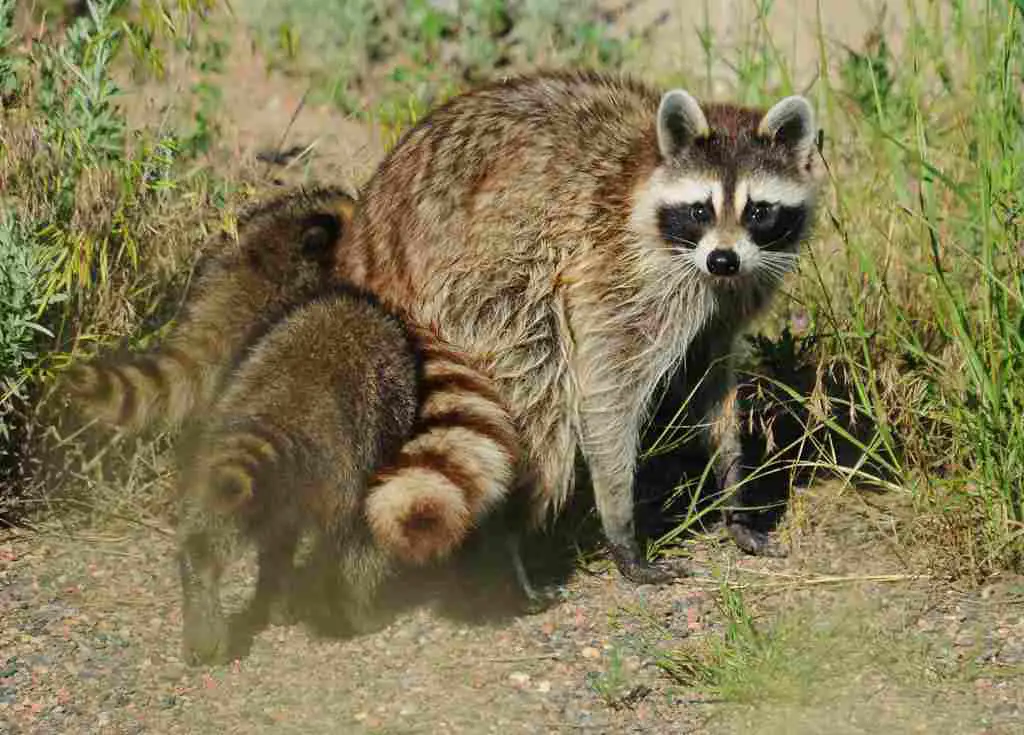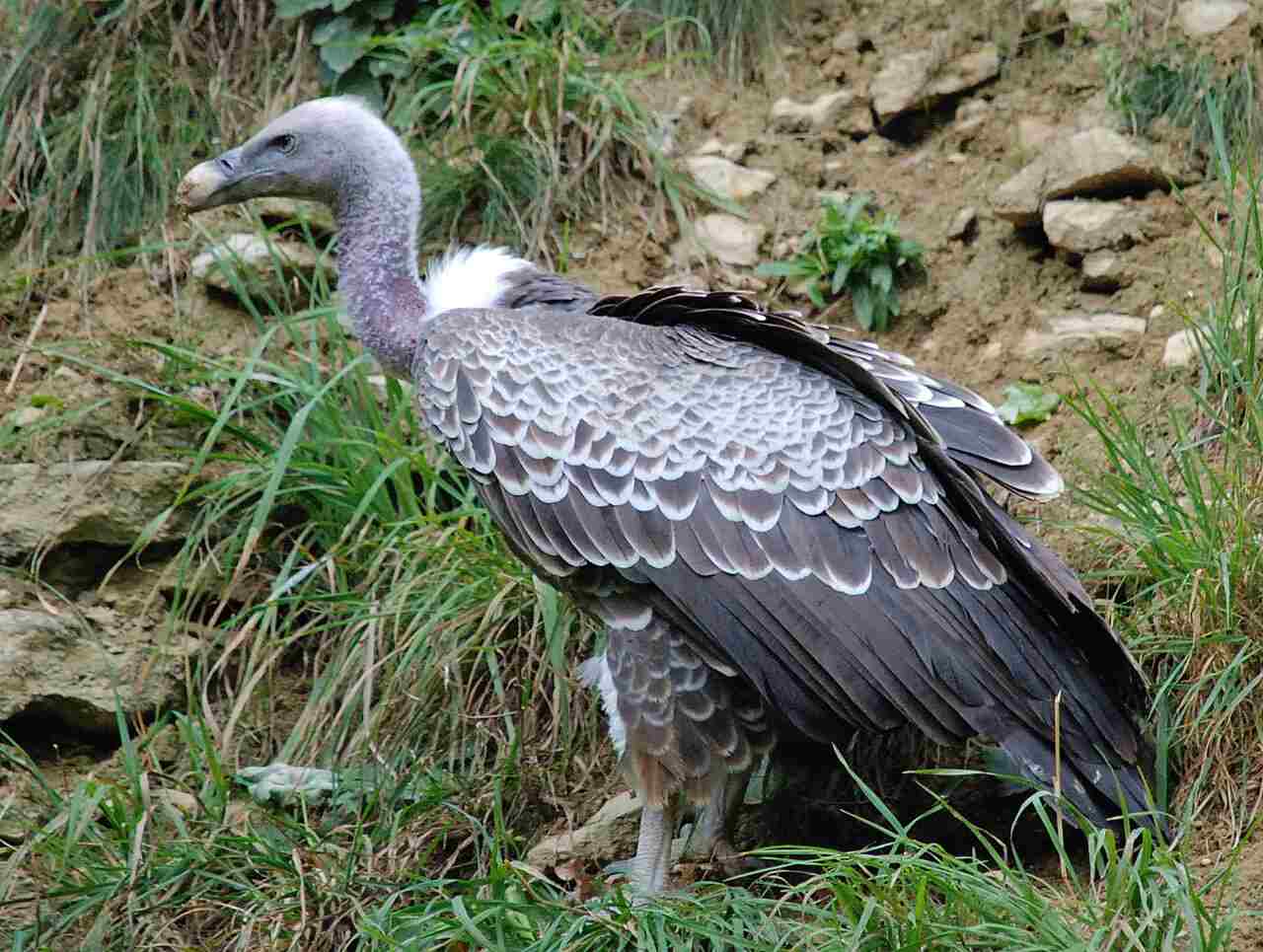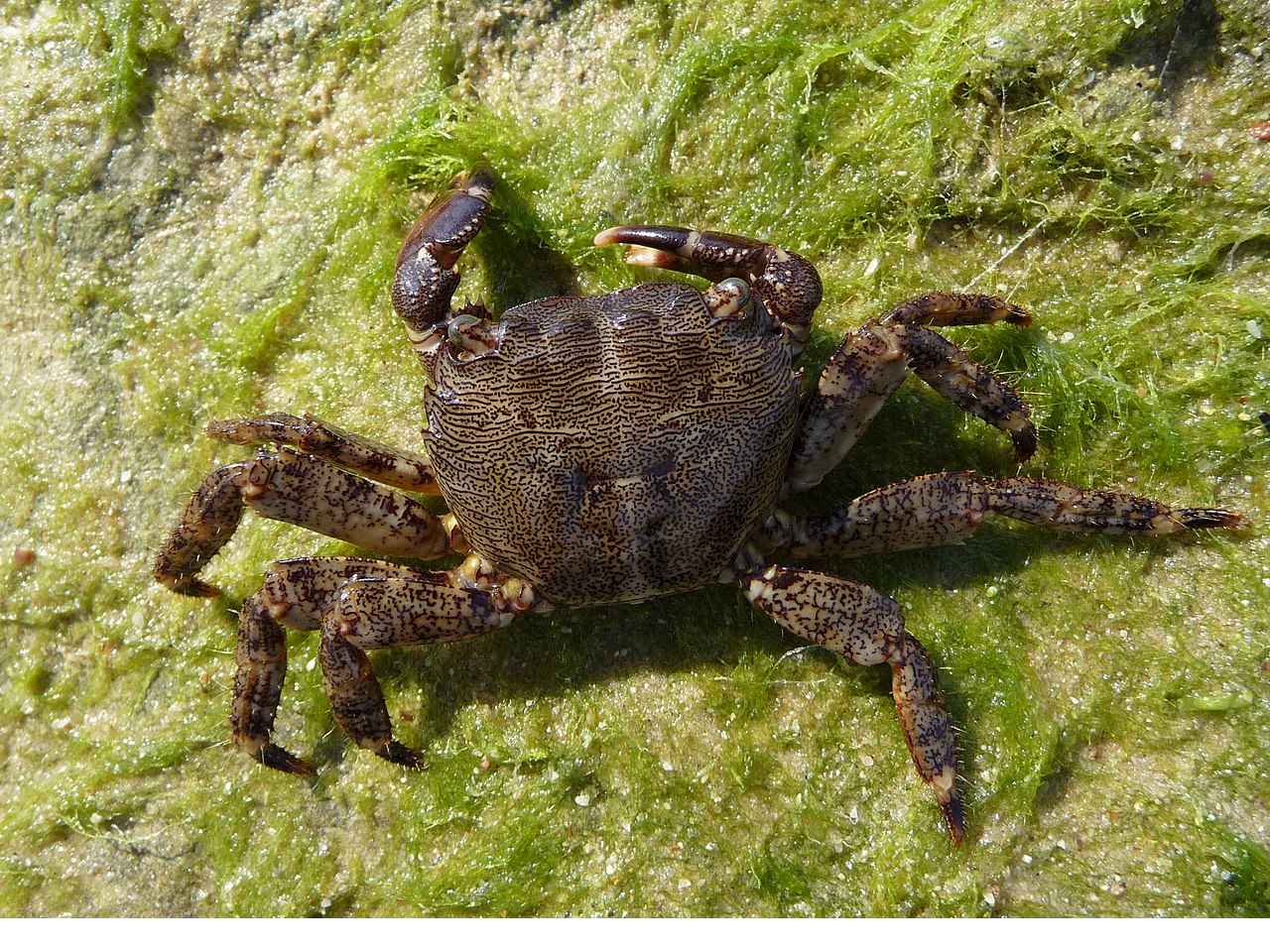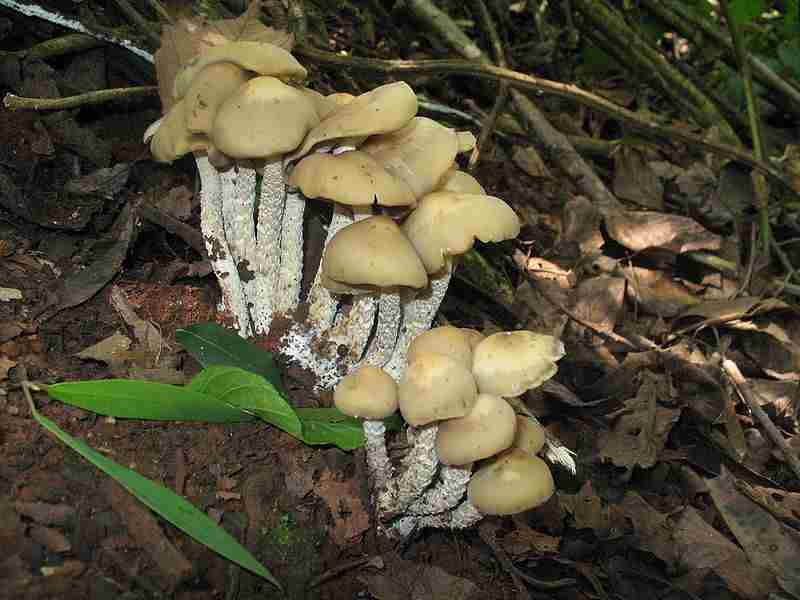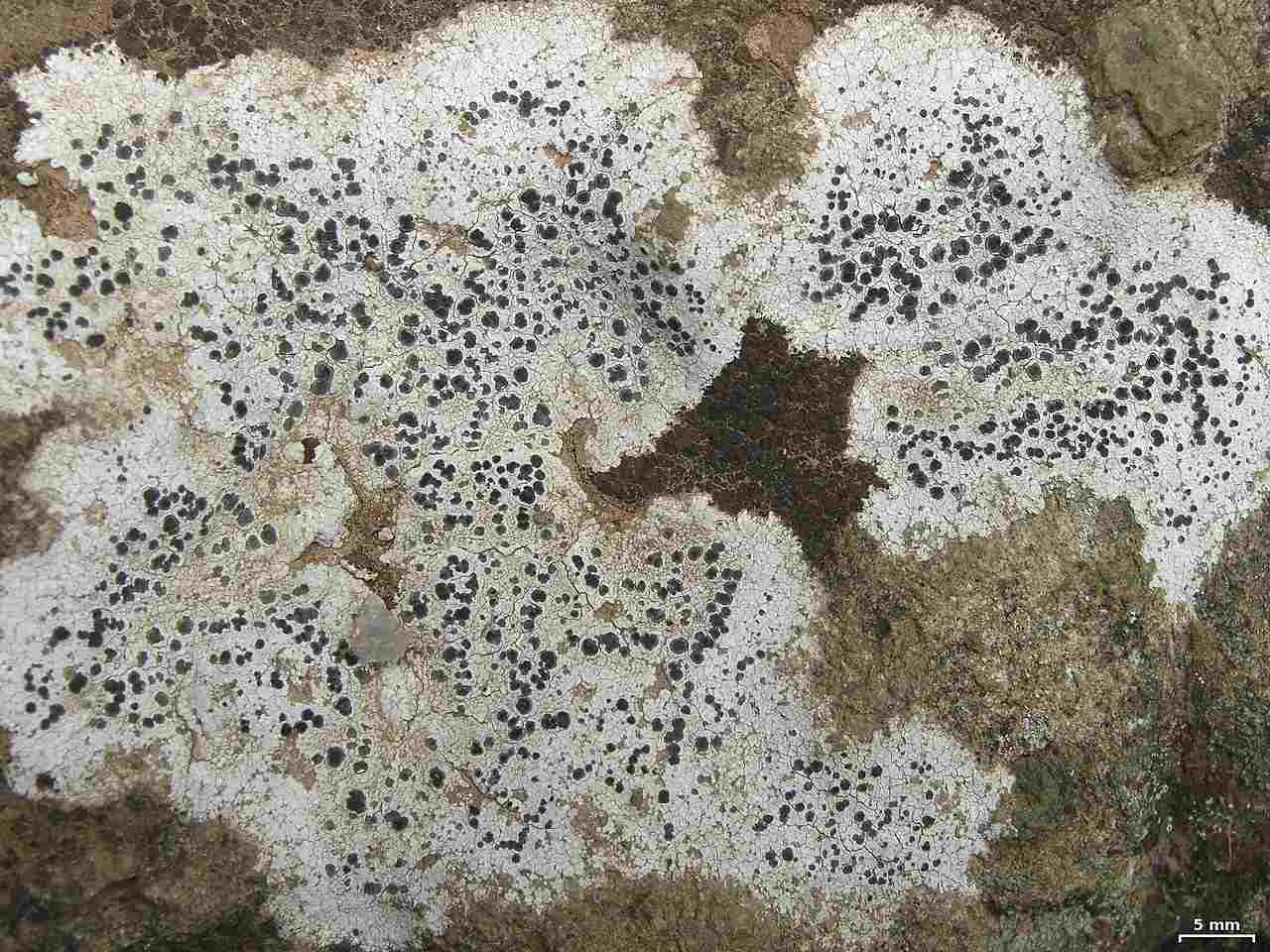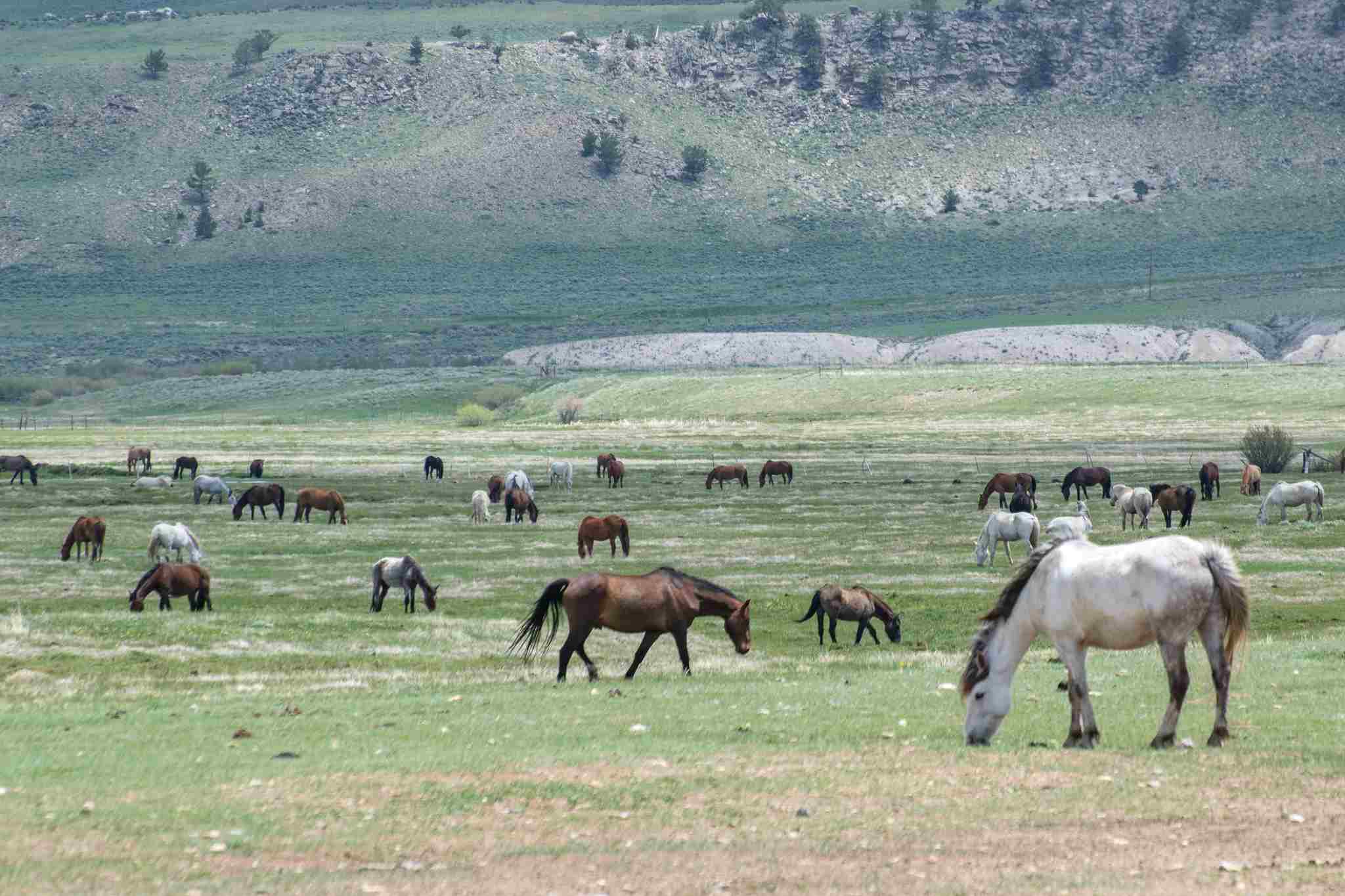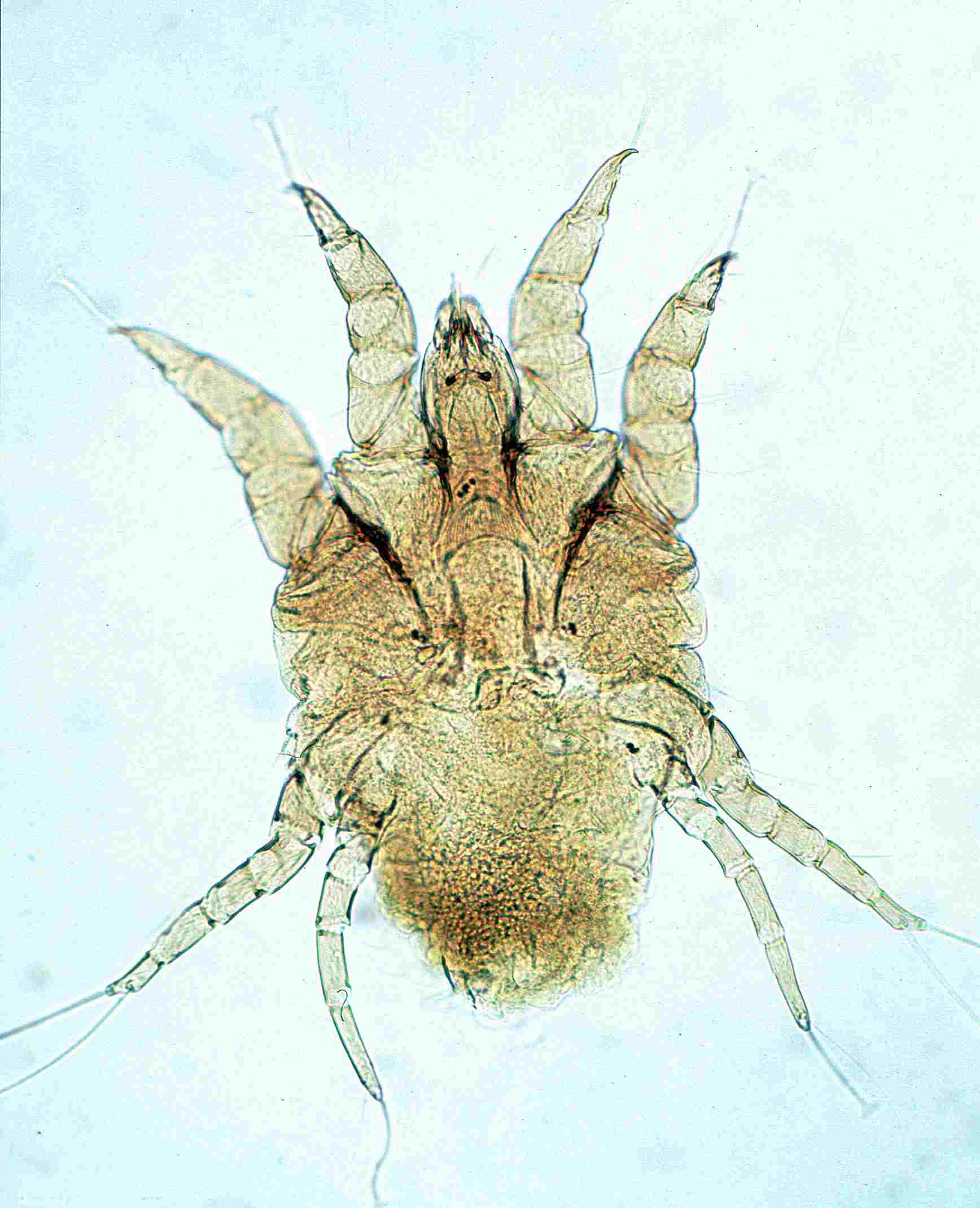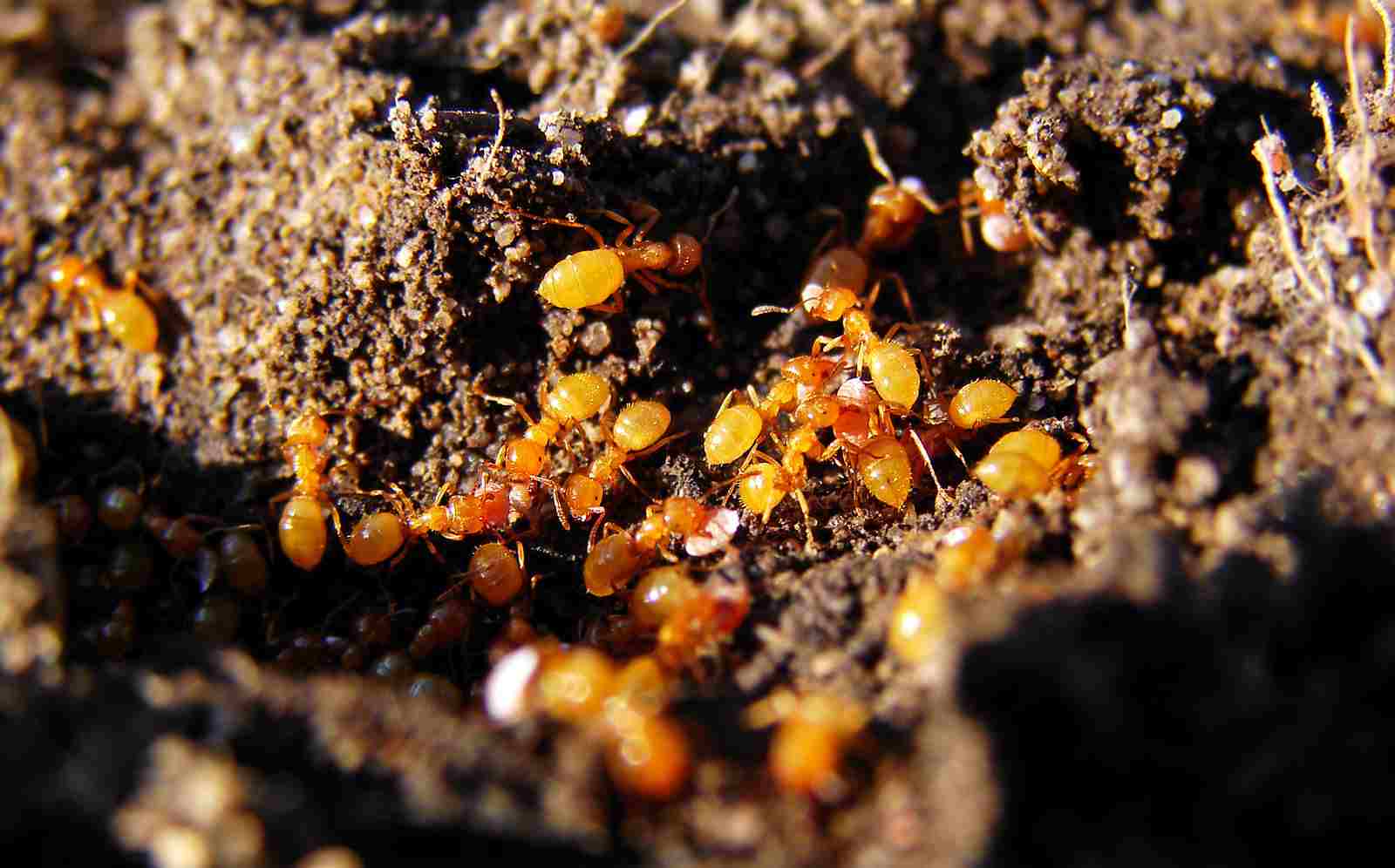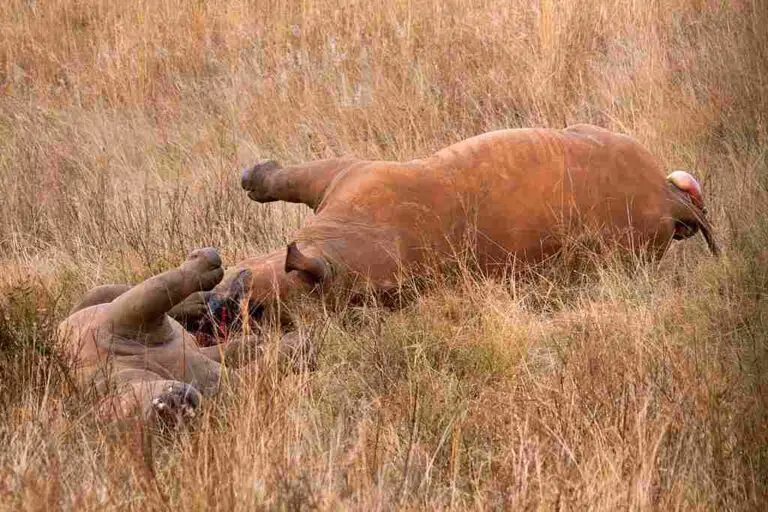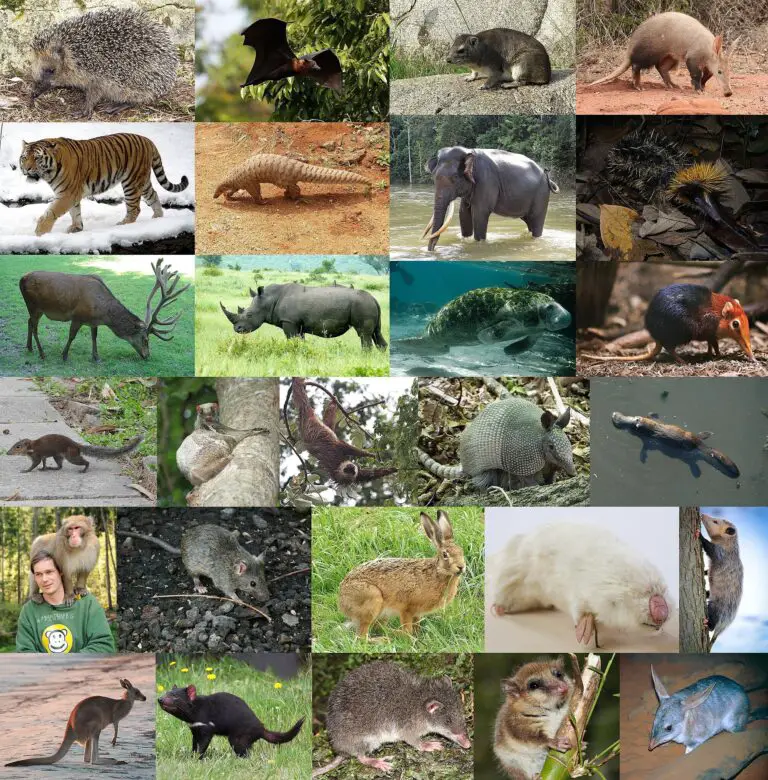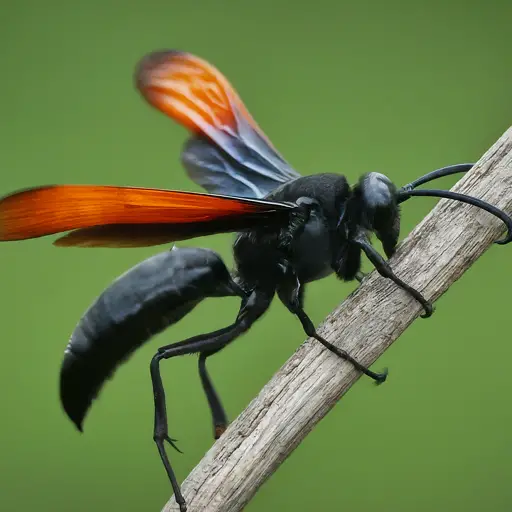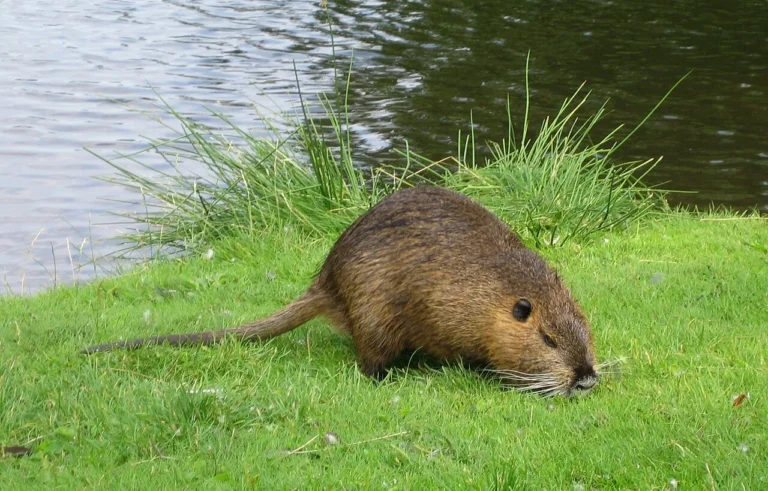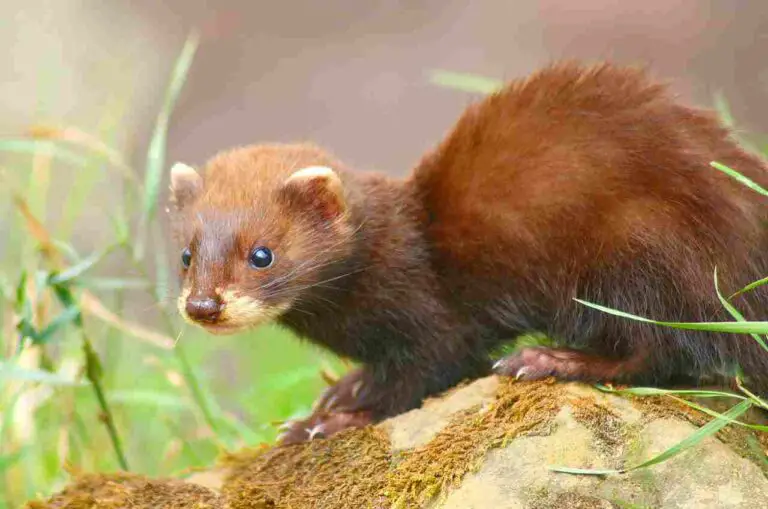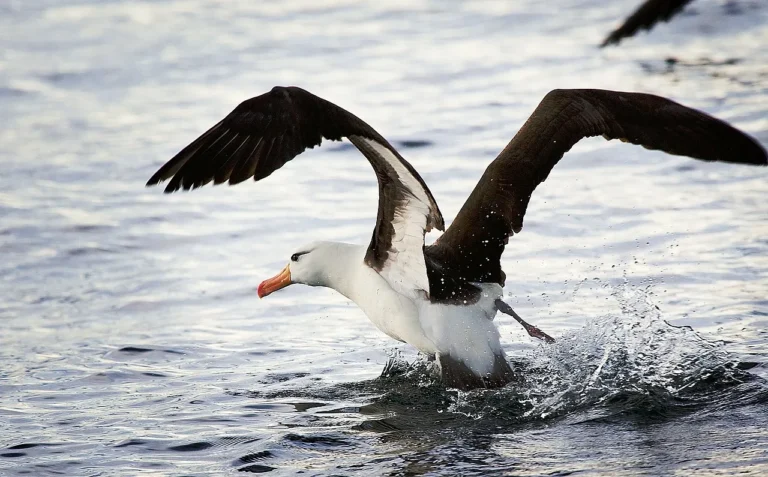What Are Scavengers In Science? An Overview
Scavengers in science can be defined as organisms that primarily feed on dead or decaying organic matter, playing a crucial role in nutrient cycling and ecosystem health. These organisms possess specialized adaptations for scavenging, such as keen senses of smell and efficient digestive systems. They help prevent the buildup of dead material, clean up the environment, and facilitate the decomposition process. Scavengers, along with decomposers, contribute to maintaining the balance and functioning of ecosystems.
What Does Scavenger Mean?
A scavenger is an organism that primarily feeds on dead or decaying organic matter. These creatures play a vital role in ecosystems by helping to recycle nutrients and clean up the environment. Unlike predators, which hunt and kill their prey, scavengers typically consume carrion, which is the flesh of dead animals.
Scavengers can be found in various ecosystems, from forests to oceans, and they come in many shapes and sizes, ranging from small insects to large mammals. Some scavengers have specialized adaptations that allow them to efficiently locate and consume carcasses, such as keen senses of smell or specialized digestive systems that can handle rotting flesh.
Overall, scavengers are essential components of ecosystems, as they help prevent the buildup of dead organic matter, which can attract pests and spread disease. By consuming carrion, scavengers also help return nutrients to the soil, promoting the growth of plants and supporting the entire food web.
Characteristics of Scavengers:
Scavengers possess several distinctive characteristics that enable them to thrive in their ecological niche:
-
Adaptations for scavenging: Scavengers often have specialized adaptations to help them locate and consume carrion efficiently. These adaptations may include a keen sense of smell, sharp claws or beaks for tearing into flesh, or powerful digestive systems capable of breaking down tough, rotting tissue.
-
Opportunistic feeders: Scavengers are opportunistic feeders, meaning they will consume a wide variety of dead organic matter, from small carcasses to larger animal remains. This flexibility allows scavengers to take advantage of whatever food resources are available in their environment.
-
Role in nutrient cycling: Scavengers play a crucial role in nutrient cycling within ecosystems by breaking down organic matter and returning nutrients to the soil. By consuming carrion, scavengers help prevent the buildup of dead material and facilitate the decomposition process, which in turn supports the growth of plants and other organisms.
-
Ecological importance: Scavengers help maintain the health and balance of ecosystems by cleaning up dead organisms and preventing the spread of disease. Without scavengers, dead organic matter would accumulate, leading to habitat degradation and potential disruptions to the food chain.
What Are Scavengers and Decomposers?
While scavengers primarily feed on dead organic matter, decomposers are organisms that break down dead material into simpler substances through the process of decomposition. While both scavengers and decomposers contribute to the breakdown of organic matter, they differ in their methods and roles within ecosystems.
Scavengers consume larger pieces of dead material, such as animal carcasses, and often play a more visible role in cleaning up the environment. Decomposers, on the other hand, consist of various microorganisms such as bacteria and fungi, as well as detritivores like earthworms and certain insects. These organisms break down dead material into smaller particles and help facilitate the release of nutrients back into the soil.
While scavengers directly consume carrion, decomposers work to break down organic matter at a microscopic level, accelerating the decomposition process and releasing nutrients that can be utilized by plants and other organisms. Together, scavengers and decomposers play essential roles in nutrient cycling and maintaining the health of ecosystems.
What Are Omnivores and Scavengers?
Omnivores are organisms that have the ability to consume both plant and animal matter as part of their diet. While some omnivores actively hunt and consume live prey, others may also scavenge for carrion when the opportunity arises. The distinction between scavengers and omnivores lies in their primary feeding behavior: scavengers primarily rely on dead organic matter for sustenance, while omnivores have a more varied diet that includes both plant and animal material.
Omnivores often have a diverse range of adaptations that allow them to effectively obtain and digest a wide variety of foods. These adaptations may include specialized teeth for tearing flesh or grinding plant material, as well as digestive systems capable of breaking down both animal and plant matter.
Some examples of omnivores that may also scavenge include bears, raccoons, and certain species of birds, such as crows and gulls. These animals have the flexibility to consume a wide range of foods, including fruits, vegetables, insects, and carrion, allowing them to adapt to different environmental conditions and food availability.
Ten Examples of Scavengers:
-
Vultures: These large birds are well-known scavengers, feeding primarily on carrion.
-
Hyenas: Hyenas are opportunistic carnivores that scavenge for leftover carcasses as well as hunt for prey.
-
Coyotes: Coyotes are adaptable predators and scavengers that consume a variety of foods, including carrion.
-
Raccoons: Raccoons are omnivores that will scavenge for food in urban and rural environments, including scavenging on carrion.
-
Jackals: Jackals are opportunistic carnivores that scavenge for carrion and hunt small prey.
-
Gulls: Gulls are seabirds known for scavenging on beaches and coastal areas, consuming carrion and other food scraps.
-
Crows: Crows are highly intelligent birds that scavenge for carrion and other food sources.
-
Beetles: Certain species of beetles, such as burying beetles, are scavengers that feed on dead animals and help break down organic matter.
-
Crabs: Some species of crabs are scavengers that feed on dead fish and other marine organisms.
-
Scavenger flies: These insects lay their eggs on carrion, and their larvae feed on the decaying flesh, aiding in the decomposition process.
| Topic | Summary |
| What Does Scavenger Mean? |
Scavengers feed on dead organic matter, playing a vital role in ecosystems by recycling nutrients and cleaning up the environment. They possess adaptations for scavenging and help maintain ecosystem balance.
|
| Characteristics of Scavengers |
Scavengers have specialized adaptations for scavenging, are opportunistic feeders, play a role in nutrient cycling, and are ecologically important for cleaning up dead organisms.
|
| What Are Scavengers and Decomposers? |
Scavengers primarily consume carrion, while decomposers break down dead material into simpler substances through decomposition. Both contribute to nutrient cycling and ecosystem health.
|
| What Are Omnivores and Scavengers? |
Omnivores can consume both plant and animal matter, with some also scavenging for carrion. They have diverse adaptations for obtaining and digesting different foods. Examples include bears, raccoons, and certain birds.
|
| Ten Examples of Scavengers |
Vultures, hyenas, coyotes, raccoons, jackals, gulls, crows, beetles, crabs, and scavenger flies are examples of scavengers that feed on carrion and play various roles in ecosystem functioning.
|
| FAQs | Answers |
| Why are scavengers important in ecosystems? |
Scavengers help prevent the buildup of dead organic matter, recycle nutrients, and clean up the environment by consuming carrion. They play a crucial role in nutrient cycling and ecosystem health.
|
| How do scavengers find carrion? |
Scavengers use various methods to locate carrion, including keen senses of smell, visual cues, and following the scent trails left by decomposing organic matter. Some species also rely on other scavengers to lead them to carrion.
|
| Do scavengers only feed on large carcasses? |
While scavengers are known for consuming large carcasses, they also feed on smaller dead organisms, such as insects, and scavenging on plant material. Their diet depends on factors such as species, habitat, and food availability.
|
| Are scavengers harmful to humans? |
Scavengers typically avoid contact with humans and are more focused on consuming dead organic matter. However, in urban environments, scavengers like raccoons may come into conflict with humans over food sources.
|
| Can scavengers spread disease? |
Scavengers play a role in preventing the spread of disease by cleaning up dead organisms and reducing the buildup of potential disease vectors. However, they can also become carriers of diseases if they consume infected carrion.
|
| What happens if scavengers are removed from an ecosystem? |
Removing scavengers from an ecosystem can disrupt nutrient cycling, lead to the buildup of dead organic matter, and increase the risk of disease spread. It can also impact other species that rely on scavengers for food or habitat maintenance.
|
